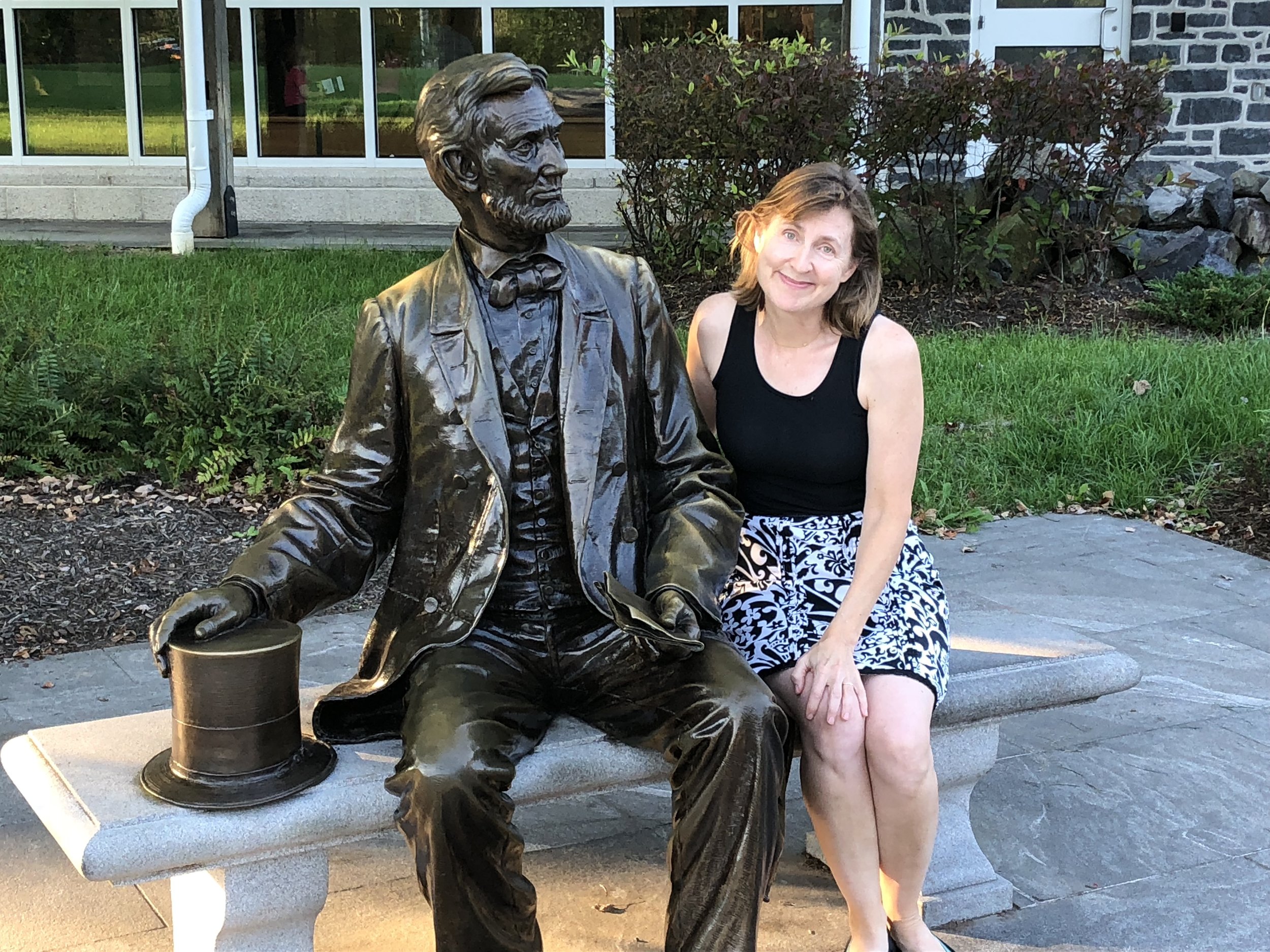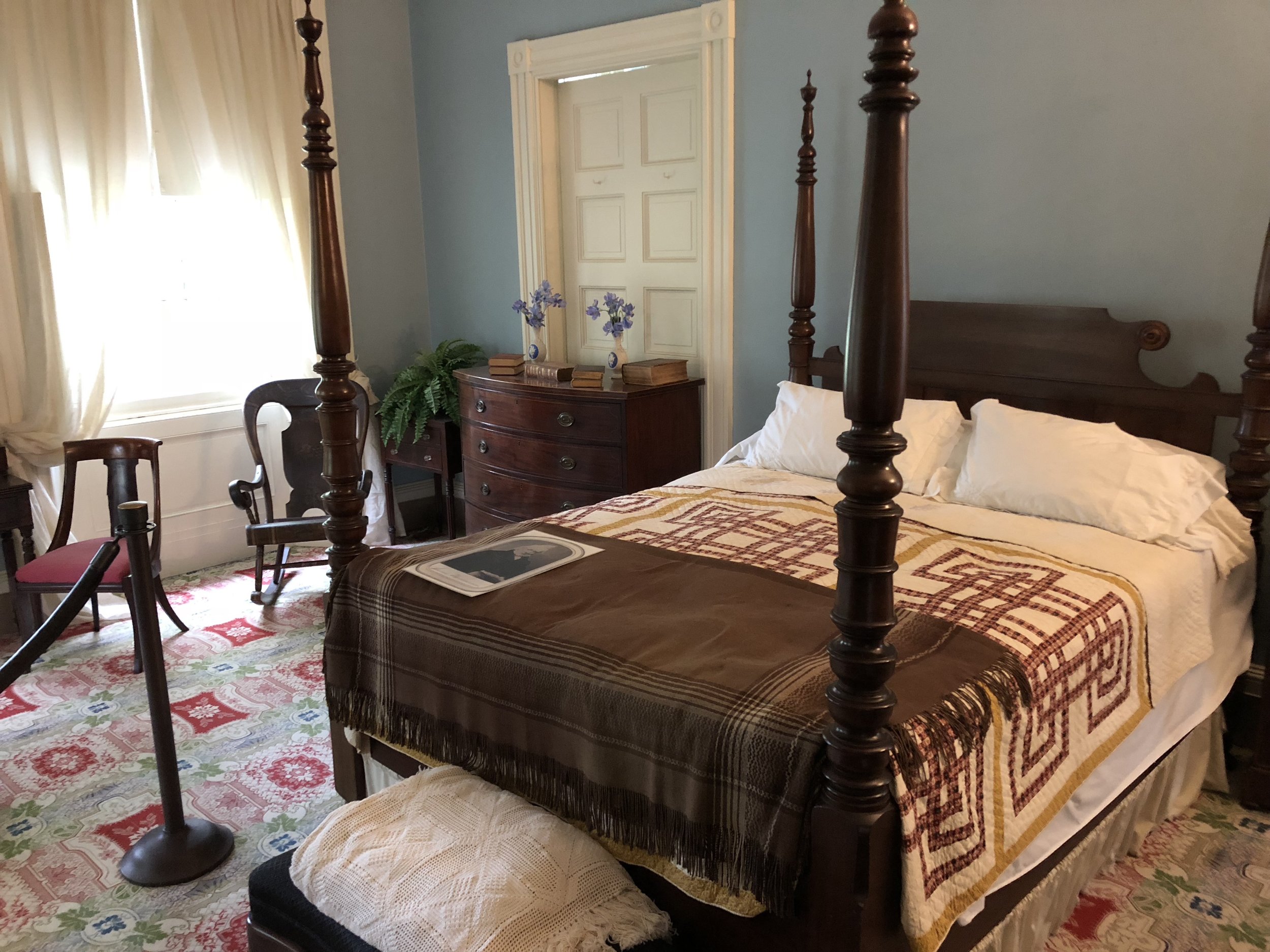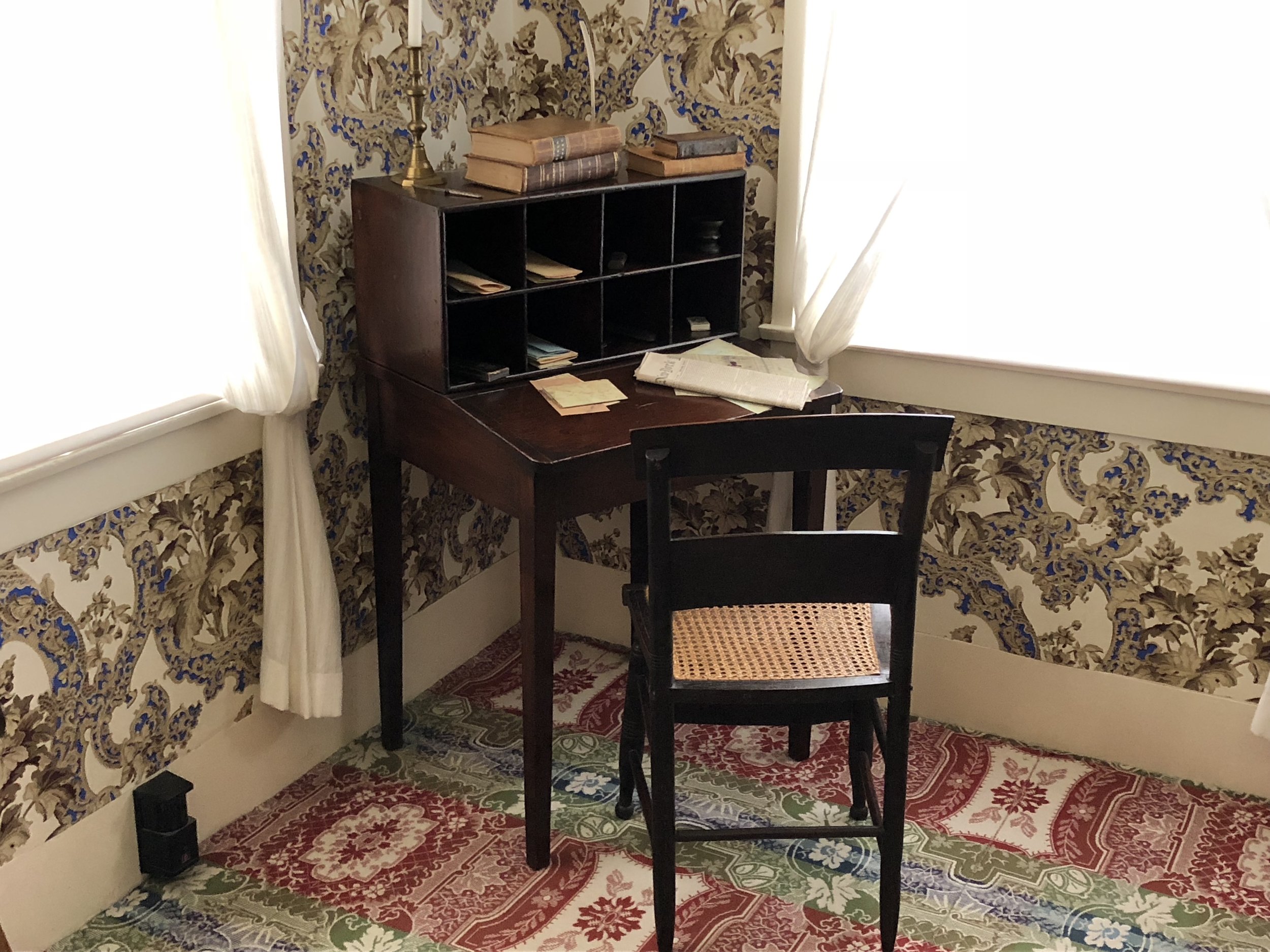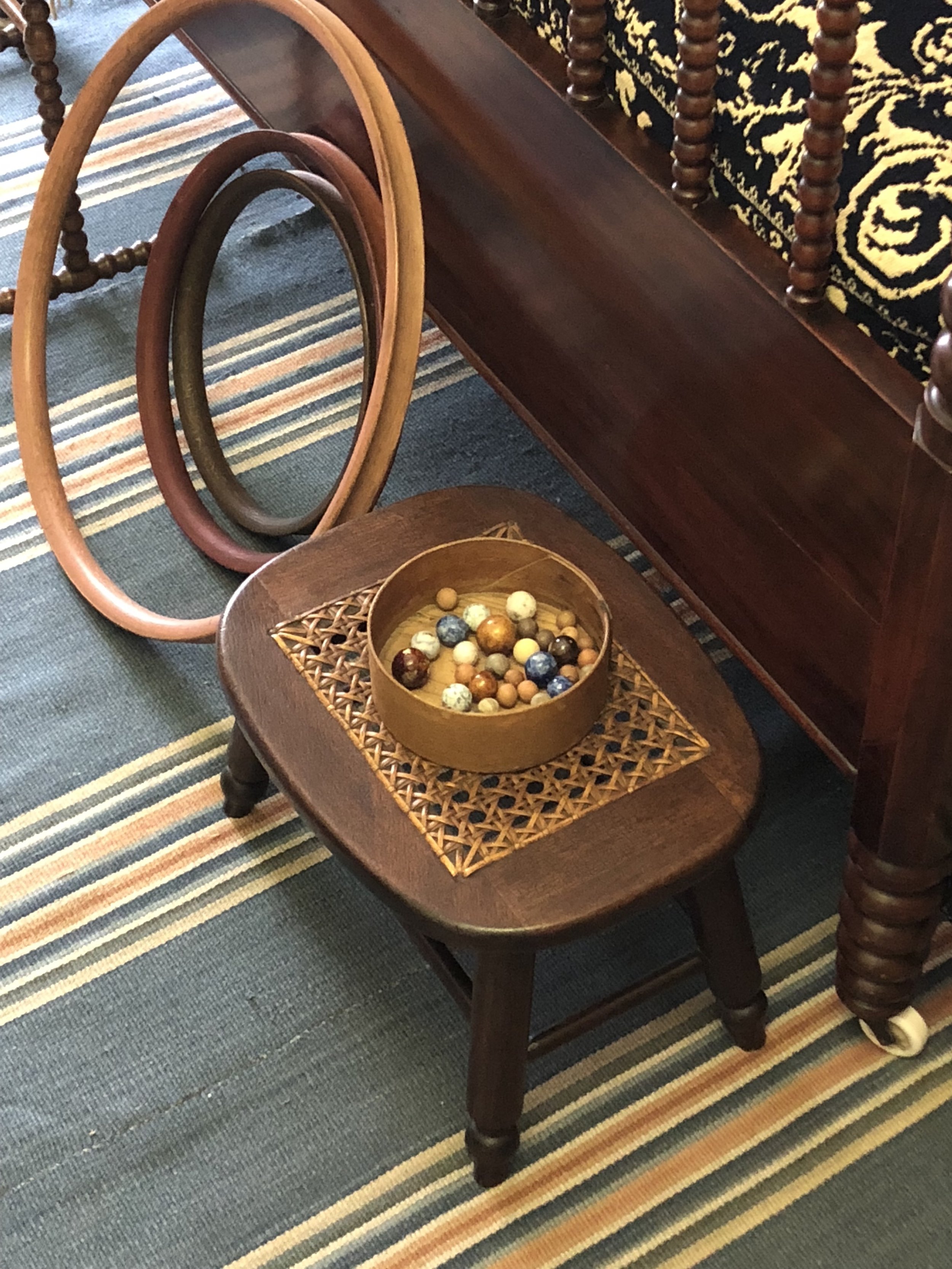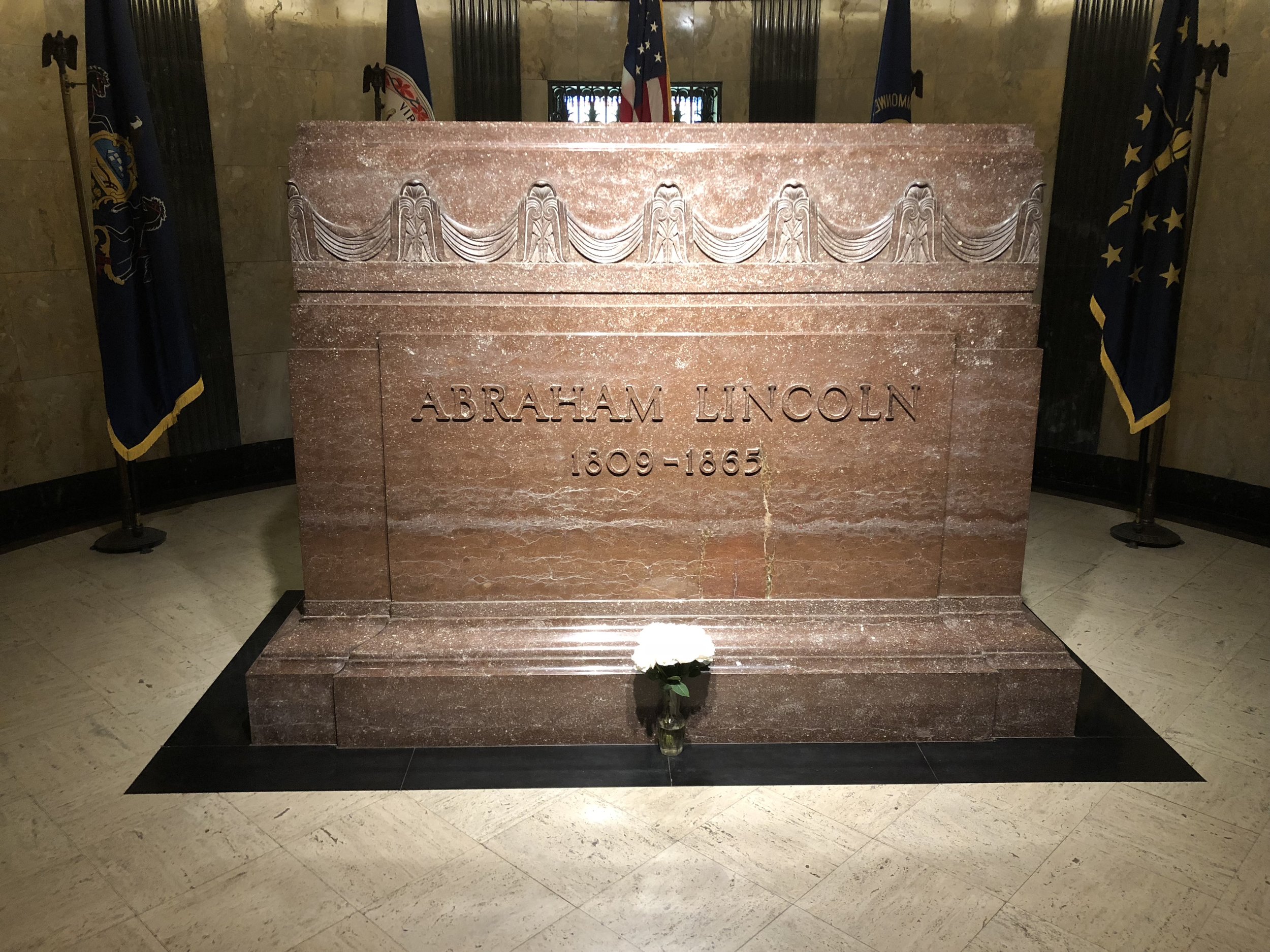Typically, Presidents of the United States have not been wealthy men. Most worked at their respective occupations for many years and were reasonably well-off for their time (e.g., Washington, Jackson, Van Buren, Buchanan, Cleveland). Only Herbert Hoover rose from extremely humble origins (as an orphan in Iowa) to accumulate a fortune.
As described in A Presidents Story Too, Rutherford Hayes was not born to wealth but, thanks to the largesse of his Uncle Rud after Hayes’ father passed away, the nineteenth President was relatively unfettered by financial constraints as he pursued a political career. Both George H.W. and George W. Bush came from a wealthy family but each pursued business careers that added significantly to the family’s affluence before they embarked on their political careers. Donald Trump hailed from wealth and worked to increase that wealth, which to hear him tell it, he has done. But, as with most things involving the 45th and 47th President, who knows?
The remaining Presidents all came to the Presidency as, at best, members of what we would now call the middle class. Modern Presidents typically are quite prosperous in their post-Presidency as their fame allows them to command large fees for books and speeches. Nixon, Clinton and Obama all did well in this regard. Many former Presidents, however, died impecunious.
The outliers among all Presidents are three of the most popular Presidents, both contemporaneously and historically: Theodore Roosevelt, Franklin D. Roosevelt and John F. Kennedy. All three men came from extraordinarily wealthy families. Together, they comprise the “Money Was No Object” category of Presidents. All three worked briefly at jobs before commencing their political careers but, unlike the Bushes for example, their employment mattered little to their families’ continued prosperity.
I have always been a little puzzled by the fascination with these three Presidents. All three certainly shared the common trait of charisma which accounts for a great deal of their appeal. But neither the Roosevelts nor Kennedy had any experience with the challenges that most of the people who voted for them faced in terms of economic survival.
I have had a few readers of A Presidents Story Too comment that they were surprised by my depiction of Theodore Roosevelt and by their suspicion that I was not a fan. Their suspicions are well-founded. While TR admirably overcame considerable health issues in his youth to become a vigorous man, his vigor was routinely in service of furthering his own power or profile or to promote war. When I survey Roosevelt’s life I often think of the British ambassador who said, “You have to remember, the President is a six year old.” This lack of patience and maturity led him to issue Executive Orders in numbers previously not seen on substantive matters that traditionally were reserved for Congress. Prior to TR, by far and away the most significant Executive Order was Abraham Lincoln’s Emancipation Proclamation which was issued in Lincoln’s role as Commander in Chief and at a time of national crisis. While many admire TR’s assertiveness now, his contemporaries were more than a bit alarmed by his disregard for Constitutional niceties. At a minimum, there is little doubt that he was a pivotal forerunner to the predicament that has grown over the last fifty years where Congress does not lead (as the framers of the Constitution intended it to do) or even attempt to check the President when he usurps Congress’ prerogative.
As time has gone on, even the most zealous John F. Kennedy fans have come to acknowledge that there was trouble in “Camelot” and that Kennedy was flawed in ways that could partially be ascribed to a background devoid of the empathy that financial challenges can teach. Unlike TR, however, I am hesitant to conclude that Kennedy had any lasting impact on the way our government works. My sense is that he was a bright man who was beginning to find his way as President when he was assassinated. His legacy has always been more grounded in romanticism than an influential body of work.
Of the three, Franklin Roosevelt has always been the hardest for me to assess. He was undoubtedly the most sheltered, being an only child whose mother doted on him to an almost disturbing degree. Over the years, I have read biographies of Franklin Roosevelt and generally found them unenlightening. And, I confess that my admiration for Herbert Hoover’s life before he became President has colored my view of FDR as Hoover’s foremost political rival.
Both Roosevelts are fathers of our current political system of campaigning. Before TR, it was generally deemed unseemly to campaign. But TR could not resist the opportunity to speak to thousands of admirers so it became necessary for Presidential candidates to engage in exhausting months on the campaign trail to persuade voters of their worthiness. For his part, Franklin took campaigning to another level (whether it was a level up or down is another issue). Presidential candidates have always been subject to attacks throughout our history but Franklin Roosevelt was one of the first to engage in open criticism (including biting sarcasm) of his opponent in campaign speeches and advertising. And, of course, his first target was Hoover and Hoover’s handling of the Great Depression. As I describe in A Presidents Story Too, Roosevelt’s criticism of Hoover’s programs and proposals and subsequent adoption of many of those same measures has always struck me as more than a little disingenuous.
For several years, every year or two I would run across a comment about the quality of Jean Edward Smith’s biography, FDR, which came out in 2008. I ran across a copy in a store somewhere a few years ago and added it to my stack of books to read. My lack of enthusiasm for the subject (and, to be honest, the length) caused me to defer reading the book more than once when it rose to the top of the stack. Finally, with low expectations, I recently took on FDR.
Smith’s book is simply one of the finest Presidential biographies I have ever read. The pace never bogs down but, equally, never leaves one with the impression that Smith left any stones unturned in his research. He is deft at character development but never at the expense of the events he is describing. Most importantly, while I still believe that FDR’s Presidency 1) did little to abate the Depression, 2) institutionalized national debt and 3) involved some remarkably Machiavellian behavior that plagues our government to this day, Smith gave me a greater appreciation for why my Yellow Dog Democrat grandfather thought so highly of FDR.
Smith, who passed away in 2019, was an unabashed Roosevelt admirer. But, other than a few forgivable slips of enthusiasm, he delivers an objective portrayal of his subject. He never elevates FDR to an unassailable level but also makes a convincing case that FDR possessed gifts uniquely suited to his time. It’s all very interesting, but Smith is at his best when relating two pivotal moments in FDR’s life:
1. When Roosevelt was paralyzed permanently just as his political ascent was gathering steam; and
2. When FDR decided to run for an unprecedented third term as World War II swept the globe.
Prior contracting the disease that would leave him paralyzed from the waist down, FDR’s family fortune put all options on the table. He was tall and handsome and, in his early years, was almost a caricature of the East Coast prep school product. His work campaigning for Woodrow Wilson got him a post in Wilson’s administration as the Assistant Secretary of Navy where, by all accounts, he served competently and much more productively than his cousin TR did when Teddy held the same position during William McKinley’s first term seventeen years earlier. FDR’s political acumen positioned him to be named the Democrats’ Vice Presidential candidate in 1920. While the Democrats were out of favor by then and the ticket bore virtually no chance of success, Franklin Roosevelt became a household name. As he started laying plans to be Governor of New York and, subsequently, to live in the White House, FDR was stricken by polio (or, possibly, guillain-barre syndrome). The illness left him paralyzed and removed him from public view for a few years while he fought tenaciously to regain mobility. He never again walked without ten pound braces and assistance.
Smith makes the case convincingly that, but for FDR’s illness and subsequent struggle, he likely would never have made it to the White House. While FDR had been a rising star, he had plenty of detractors. What many saw in FDR was a Roosevelt attempting to emulate his cousin Theodore. And FDR did little to discredit such a view by displaying his charm and physical vigor for the press at every opportunity, just as TR did so effectively. Beyond TR’s traits that FDR shamelessly copied was the added reality that FDR was a cocky and glib young man.
When FDR returned to public life in a wheelchair, the hubris that would have eventually undermined his political career was largely gone. To be sure, he remained confident in his instincts and, unlike so many struck with misfortune, he was not bereft of resources to ease his challenges. But, as the Great Depression gripped the country, he spoke with confidence about the courage needed to confront the nation’s predicament, first as a candidate for Governor of New York and then as the Democratic nominee for President. He won both elections when voters, desperate for change and answers, rallied around a man that seemed worse off than them, yet exhibited no signs of self-pity.
FDR’s handling of the Great Depression has been debated by historians and economists since the day he took office and, as long as there is a United States, always will be. Smith makes no real effort to resolve that debate but only highlights that it was FDR’s very vulnerability and his talent for speaking plainly that inspired people to trust that he had their best interests at heart. And, unlike the FDR before paralysis struck, he probably did have their best interests at heart.
While I adhere to the view that the New Deal did little to alleviate the Great Depression and changed the national approach to debt and government spending for the worse, Smith illustrates how effective FDR was at calming an anxious populace. Voters were more interested in seeing some change in the country’s short term circumstances irrespective of long term costs than fretting about the necessity of economic discipline. FDR understood this sentiment and embarked on a manic program of government-led initiatives to send the unmistakable message that the government was responding. While Donald Trump’s recent first 100 days will never be mistaken for orderly, reading Smith’s account of the beginning of FDR’s first term makes recent activity seem relatively sedate. To be fair, FDR was acutely aware of the long term cost of his course and tried to rein in his administration’s largesse when he thought it was safe to do so. But “the horse was out of the barn” and he never managed to bring the spending he unleashed under control again.
Nonetheless, as a result of Smith’s narrative, I found myself more sympathetic to FDR’s efforts with respect to the Depression than at any point in my many years of studying the Presidents. And I understood my grandfather’s perspective better as I thought about his stories of trying to find work to support his family during the early 1930s. When I think about him tending sheep in the arid hills of Southern New Mexico knowing that his herd would never show a return, I better understand the appeal of President who was willing to try just about anything.
On the other hand, I have always begrudgingly conceded that it appeared that FDR’s handling of World War II was competent despite my lack of expertise in military history. Smith convinced me that my impression was not only correct but, in the process, persuaded me that I could no longer hold the decision to seek an unprecedented third term against FDR. FDR was indispensable to winning World War II.
FDR was the first President to be nominated for a third consecutive term by his Party. If he had limited himself to two terms like his predecessors, he would have likely gone down in history as a mediocre to good President that buoyed the national psyche for a time, but did little to actually get the Great Depression behind us. Smith makes it clear that FDR was not really toying with seeking a third term until Hitler started wreaking havoc in Europe. With the confidence that Smith describes repeatedly in the book, FDR concluded that the country needed him to lead it through what was to come. And the country agreed.
Unlike his chaotic and often ill-considered approach to the Depression, FDR’s instincts in preparing the country for war without sacrificing American lives any earlier than events required were remarkably astute. His gift for plain talk guided the country to a place of understanding who the good guys and bad guys were until the time came when war was clearly unavoidable. When that time came, there were few who crossed him and he led the war effort for the duration with a deft combination of calm diplomacy and unflagging energy. Unlike every other wartime President we have had, FDR spent little time dwelling on dissent or war fatigue because he did such an effective job of educating the country and then inspiring it to fight.
FDR’s fourth term was probably not necessary since the war was winding down and, as events showed, Harry Truman was able to finish FDR’s work as, most likely, any new President could have done. But FDR died just a few months into his fourth term so the question is moot in any event.
FDR made mistakes as Commander-in-Chief to be sure. As with many things involving FDR, he could be deceptive and maddeningly slow to commit at times. His Executive Order dispatching Japanese Americans to internment camps did nothing to safeguard our security and, instead, was largely condemned as the sort of reckless and peremptory racial judgment that has plagued our country far too many times. But, in terms of navigating the largest global conflict the world has ever seen, it is hard to not admire what FDR accomplished in defeating the Fascists and establishing the United States as the most consequential country on the planet.
As we get older, there is a tendency to read and watch things that burnish the beliefs that we have accumulated over a lifetime of experience and study. I am grateful to Jean Smith for doing what the best historians do, namely, prompting me to reflect on and question my assumptions and conclusions. In the process, he conveyed how a President can successfully perform the task of convincing a country to fight despite its economy being in shambles because, for better or worse, our country is the last defense when evil is in danger of getting the upper hand. Finally, for me personally, Smith managed to achieve something I have long considered impossible: He caused me to adore my grandfather even more.






